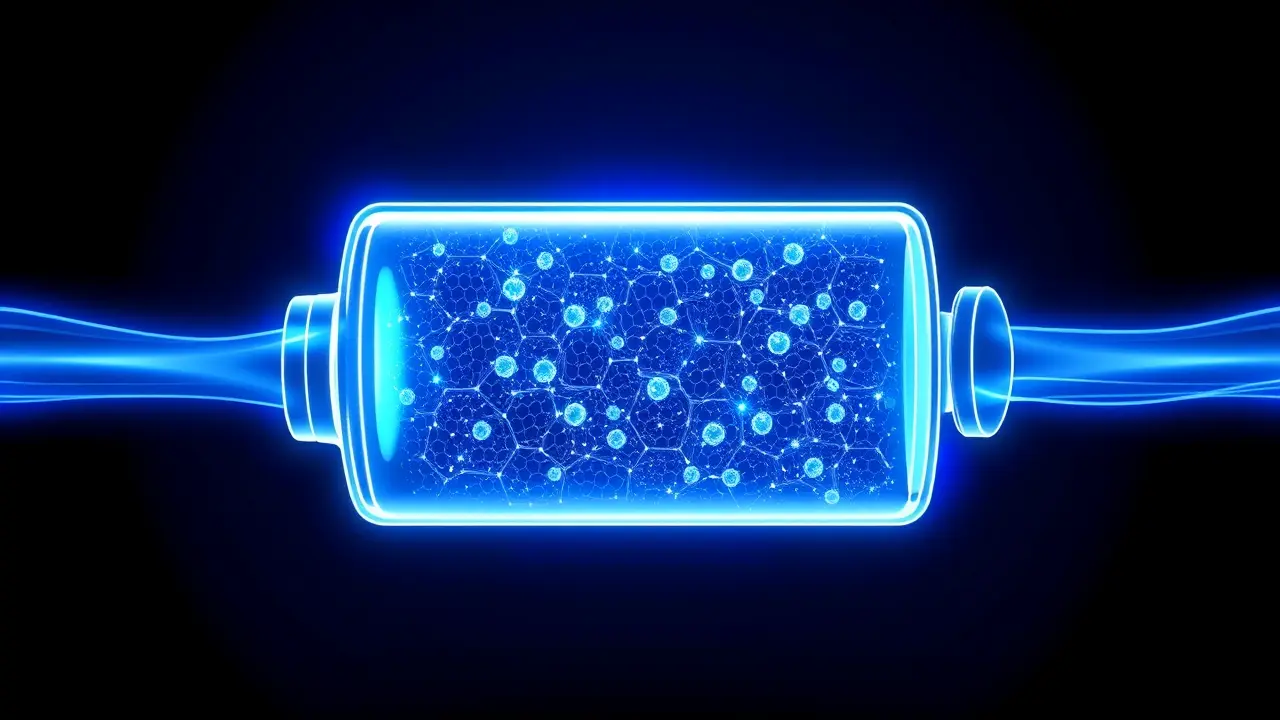Chinese Team Makes Crucial Advance in Next-Gen Battery Tech
In a development that feels ripped from the pages of a near-future medical thriller, a team from the Chinese Academy of Sciences has engineered a biological-like solution to one of the most persistent and debilitating ailments of next-generation batteries: interfacial degradation. The innovation, a self-healing interface that functions with the elegant simplicity of a liquid seal, represents a crucial leap toward the commercialization of solid-state batteries, the long-prophesied holy grail of energy storage.For years, the promise of solid-state batteries has tantalized researchers and industry giants alike, offering a vision of power packs that could triple the range of electric vehicles and extend the life of our smartphones for days, all while drastically reducing the risks of fire associated with the liquid electrolytes in today's ubiquitous lithium-ion cells. The fundamental roadblock, however, has been the physical incompatibility at the atomic level.The solid electrolyte and the lithium metal anode, the two critical internal layers, are rigid and unyielding. During charging and discharging cycles, lithium ions move back and forth, but this process is messy, forming microscopic voids and dendrites—tiny, branch-like metallic growths—at the interface.These gaps break the crucial ionic connection, while the dendrites can eventually pierce the separator, leading to short circuits, catastrophic failure, and the kind of thermal runaway events that make headlines. The traditional, brute-force approach to this has been to apply immense external pressure, literally clamping the battery components together with bulky apparatuses, a solution utterly impractical for consumer electronics or the sleek contours of a modern car.What the Chinese team has unveiled is a paradigm shift from mechanical coercion to intelligent, dynamic repair. Their interface material is designed to be fluid and adaptive, flowing autonomously to fill any nascent cracks or voids that appear during operation, maintaining an impeccably tight and continuous bond between the layers without any need for external pressure.It’s a system that heals itself, much like a scab forms over a wound or our skin regenerates, ensuring the internal architecture remains pristine over thousands of cycles. This breakthrough sits at the fascinating intersection of materials science and a form of synthetic biology, echoing the work being done in CRISPR-based cellular repair and targeted drug delivery systems.The implications are staggering. Imagine electric vehicles that can travel from New York to Chicago on a single charge, eliminating range anxiety and fundamentally altering the calculus of transportation logistics and infrastructure.For consumer electronics, it could mean devices that we charge weekly, not daily, untethering us from the wall outlet and enabling a new wave of always-on, powerful wearable and implantable medical tech. The ripple effects extend to grid storage, where longer-lasting, safer batteries could finally make renewable energy sources like solar and wind truly reliable and dispatchable, capable of powering cities through the night and calm periods.Of course, the path from laboratory triumph to mass production is fraught with challenges of scalability, cost, and long-term durability testing under real-world conditions. The global battery race is intensifying, with teams in Japan, South Korea, and the United States pursuing similar goals, and this announcement is certain to accelerate investment and competitive research.Yet, this specific advance—a self-healing interface—feels like a fundamental unlocking of a core physical constraint. It’s not merely an incremental improvement in energy density; it’s an elegant engineering solution to a problem that has long been considered a fundamental physical limitation, pushing the entire field of energy storage one decisive step closer to a future defined by longevity, safety, and unprecedented power.
It’s quiet here...Start the conversation by leaving the first comment.
© 2025 Outpoll Service LTD. All rights reserved.
